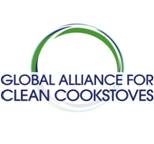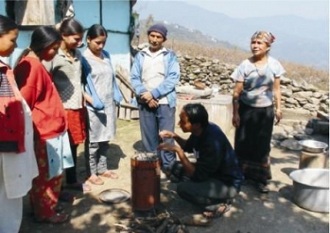Washington – (November 10, 2011) – Academy Award-winning actor Julia Roberts, who serves as Global Ambassador of the Global Alliance for Clean Cookstoves, released the following statement today in recognition of World Pneumonia Day, which falls on November 12th:
“This World Pneumonia Day I’m speaking out as a mother about the leading killer of children under the age of 5. 
“Pneumonia kills about 1.4 million young children annually, 99% of whom die in developing countries. That’s one child dying every 20 seconds.
“I was inspired to join the Global Alliance for Clean Cookstoves because its core mission is saving lives – especially children’s lives. Of the 2 million people killed each year from diseases caused by toxic smoke from dirty stoves and open cooking fires, about half are young children who die from acute lower respiratory infections, most commonly pneumonia.
“Cooking shouldn’t kill, but the sad reality is that it does, and a disproportionate amount of the victims are children at the household hearth with their mother as she cooks.
“I believe this is a particularly cruel injustice. But it is one that can be stopped.
“The deployment of clean cookstoves and fuels can significantly reduce worldwide childhood death from pneumonia. Combined with our partners’ global efforts to encourage vaccinations and increase basic health and wellness education, the Alliance is playing an important role in reducing pneumonia and other preventable deaths among the world’s most vulnerable people.”
###
About the Global Alliance for Clean Cookstoves: 
The Global Alliance for Clean Cookstoves is an innovative public-private partnership led by the United Nations Foundation to save lives, improve livelihoods, empower women and combat climate change by creating a thriving global market for clean and efficient household cooking solutions. The Alliance’s 100 by ‘20 goal calls for 100 million households to adopt clean and efficient cookstoves and fuels by 2020. The Alliance is working with its public, private and non-profit partners to help overcome the market barriers that currently impede the production, deployment and use of clean cookstoves in developing countries. Visit www.cleancookstoves.org for more information.
Media Contact: Sean Bartlett | 202.419.6401 | sbartlett@unfoundation.org
Photo Credit: The Oprah Winfrey Network



